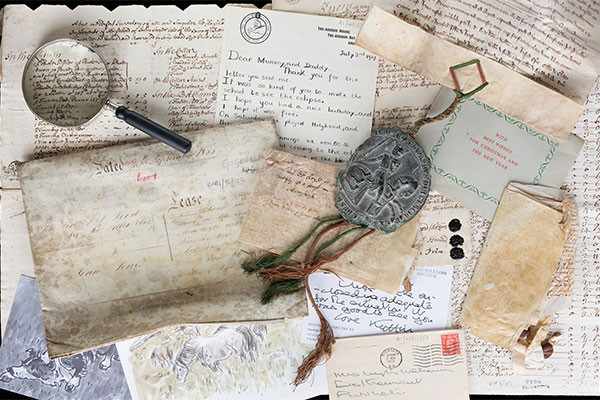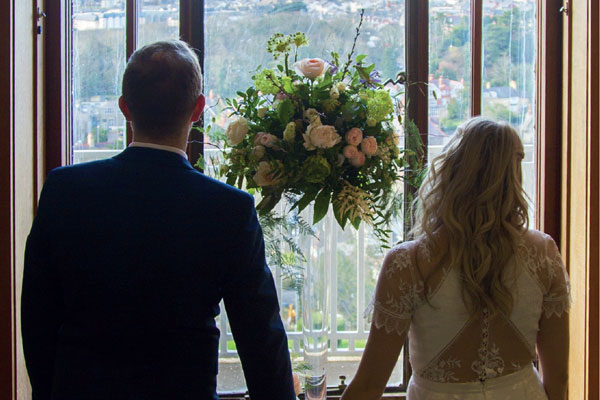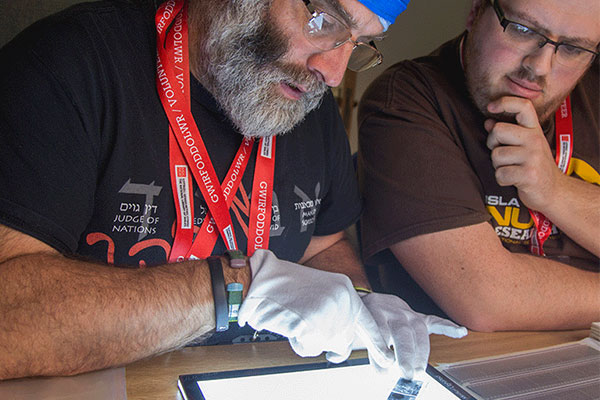Training as an artist
In 1761, Jones returned to Wales with his father, where an old family friend, Charles Powell of Castle Madoc, encouraged him to enrol in the exciting and innovative drawing school organised by William Shipley. By November 1761, Jones was enrolled as a student at the school, making rapid progress.
He was apprenticed to the Welsh artist, Richard Wilson in March 1763, and was shortly joined by Joseph Faringdon. In later life both men kept detailed diaries and their manuscripts are today probably the most important artists' writings of the eighteenth century.
The studio of Richard Wilson, at Covent Garden, was an excellent environment to learn the very best practices of the day. Wilson set Jones to copy his chalk drawings, which he had undertaken in Italy between 1750 and 1757. Later in his studies with Wilson, Jones learnt to copy his master and, importantly, gained extensive knowledge of the great man's technique.




